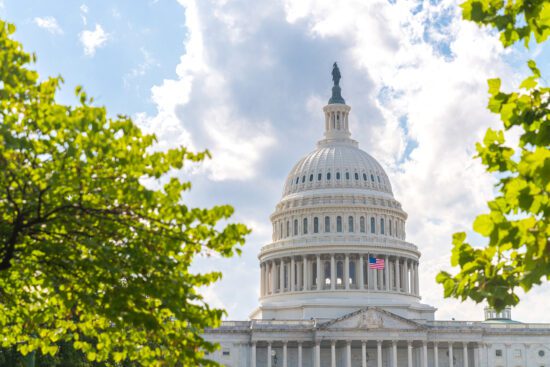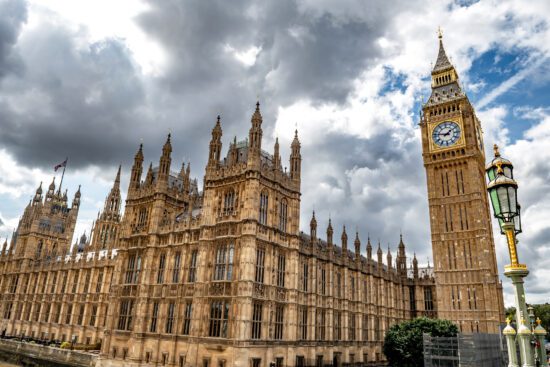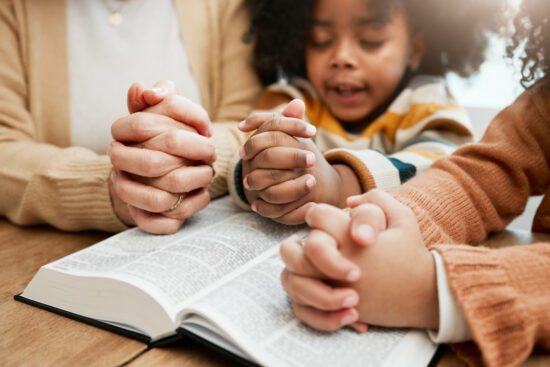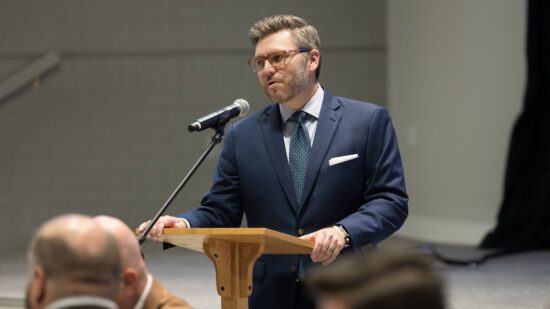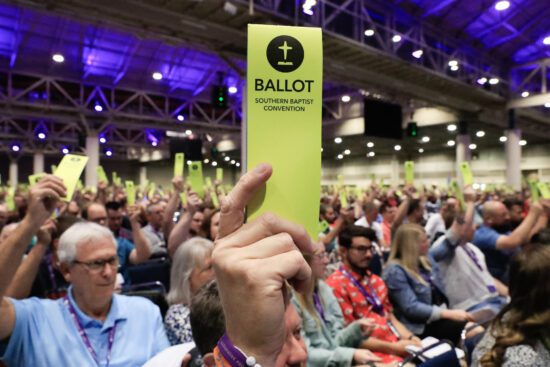I came across a Facebook “memory” a few days ago, reminding me of a sad and haunting Easter three years ago where, for the first time in our lives, we couldn’t leave our homes because a deadly virus was on the prowl. I recall the uncertainty and sadness of that moment. Yet, there was a sober confidence that Easter was just what we needed.
I’m writing this with a similar sense of grief and sadness, lamenting so much brokenness. The recent Nashville mass shooting, so near to our family after having spent a decade in Music City, has left us aching for our friends and a community shattered by violence.
It is finished
Holy Week exposes us to the full range of emotions, from the injustice and mob action that led to Jesus’ unjust death, to the grisly beating and inhumane crucifixion. Now a symbol of hope, the cross was originally an ignominious instrument of torture and death. And sitting at the foot of the cross was Mary, the mother who whispered her quiet acceptance back in Bethlehem, taking on the task of birthing and mothering the Son of God. Now she was at Calvary, gazing up at the disfigured face of her son, who, in his final words, cries, “It is finished.”
What is finished? The long battle, predicted in Eden, where the seed of the woman and the seed of the serpent would violently clash. Sin, marbling its way into every aspect of human existence, ushered in death—of relationships, of intimacy with God, and much too often, death itself. We live in a violent world. What we feel right now, after Nashville, after war and disease and famine and natural disaster, is what they felt on Good Friday.
It didn’t seem good in that moment. The disciples mostly ran, fearing for their lives, wondering if the movement they’d given their lives to support was a mirage. We would have run too.
Yet we know that Good Friday was good because it really was finished. Jesus took on the Father’s wrath for sin, bearing the sins of the world—my sin, your sin. Satan, so falsely jubilant at Jesus’ last breath, was defeated. The Savior would walk out of his borrowed tomb three days later.
Jesus’ resurrection is not just validation of his Messianic claims. It is. But it’s more than that. The empty tomb is a signal that this world, enmeshed in blood and death, is not all there is. Jesus’ resurrection rescues human hearts from the sin that leads us to turn in on each other, and his resurrection rescues human bodies from the ravages of the curse. Because he lives, we will also live. Because he lives, we can, as the hymn reminds us, face tomorrow with hope.
Awaiting resurrection
This is why Holy Week is both grim and full of lament and also bright and full of joy. The horror of Calvary gave way to the hope of the empty grave, and the horror of our sinful world will, one day, give way to our own resurrection and the renewal of the world.
So we grieve—deep, loud, anguished lament—at the death around us. But we grieve not as those who don’t have hope. Easter reminds us that Sunday is coming. A grave is empty. Jesus is alive. And we can be reconciled to the One who made us in his image.
The truth of Easter empowers us in our in-between, as we await our final resurrection. It’s why we go out into the world and tell people—alienated from God, created for glory—that this is not all there is and that Jesus can make them new. There is another, better world coming. And it is why we go out into the world and come alongside the most vulnerable among us. We show the world a glimpse of God’s Kingdom.
The resurrection is everything. Without it, Paul reminds us in 1 Corinthians 15, we have no hope. But, because Jesus is alive, at the right hand of the Father, we have a hope that cannot be shaken. In the midst of violence, in pandemics, in death, and in life, our Hope has a name and a glorified body that we will one day embrace for an eternity filled with joy .





